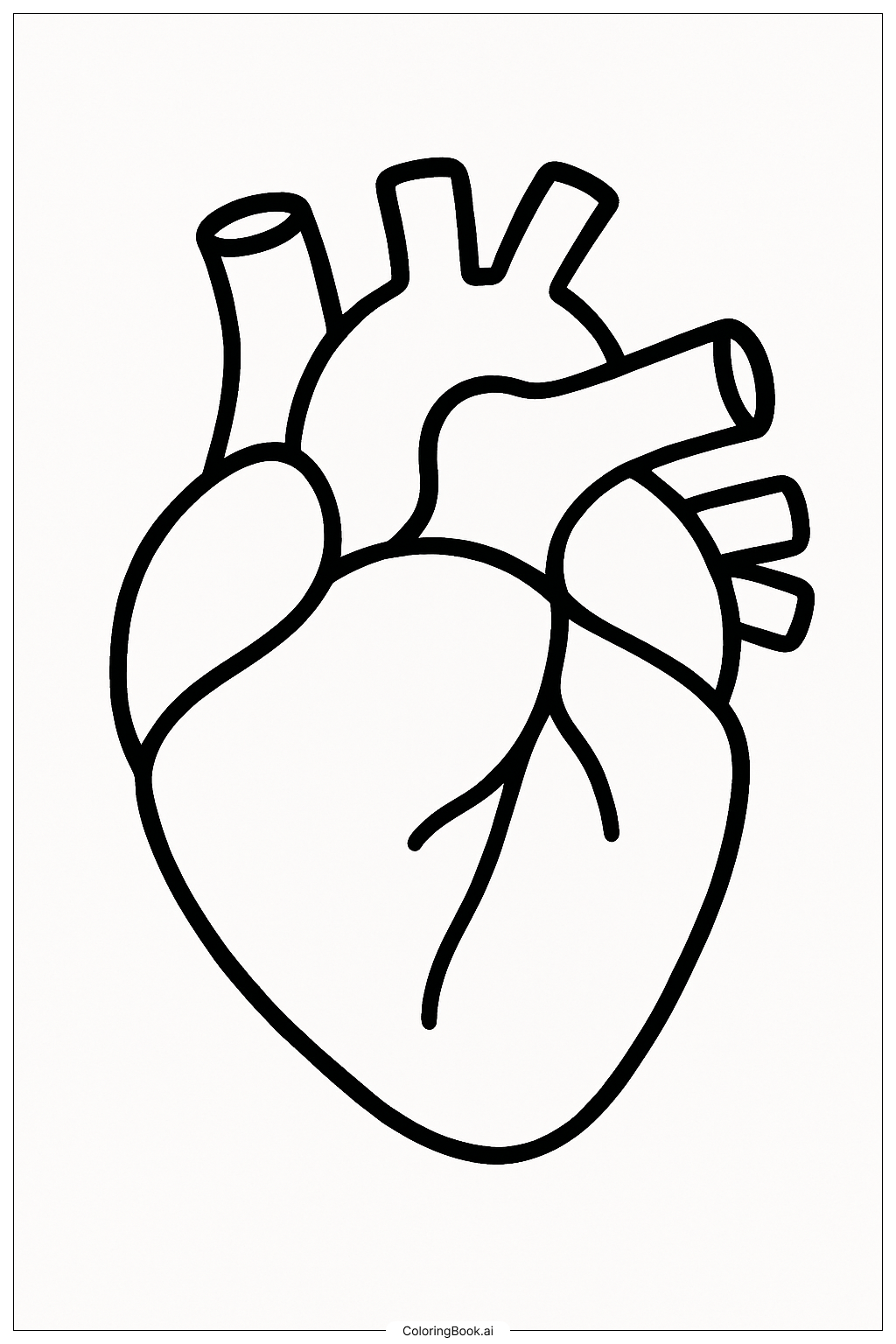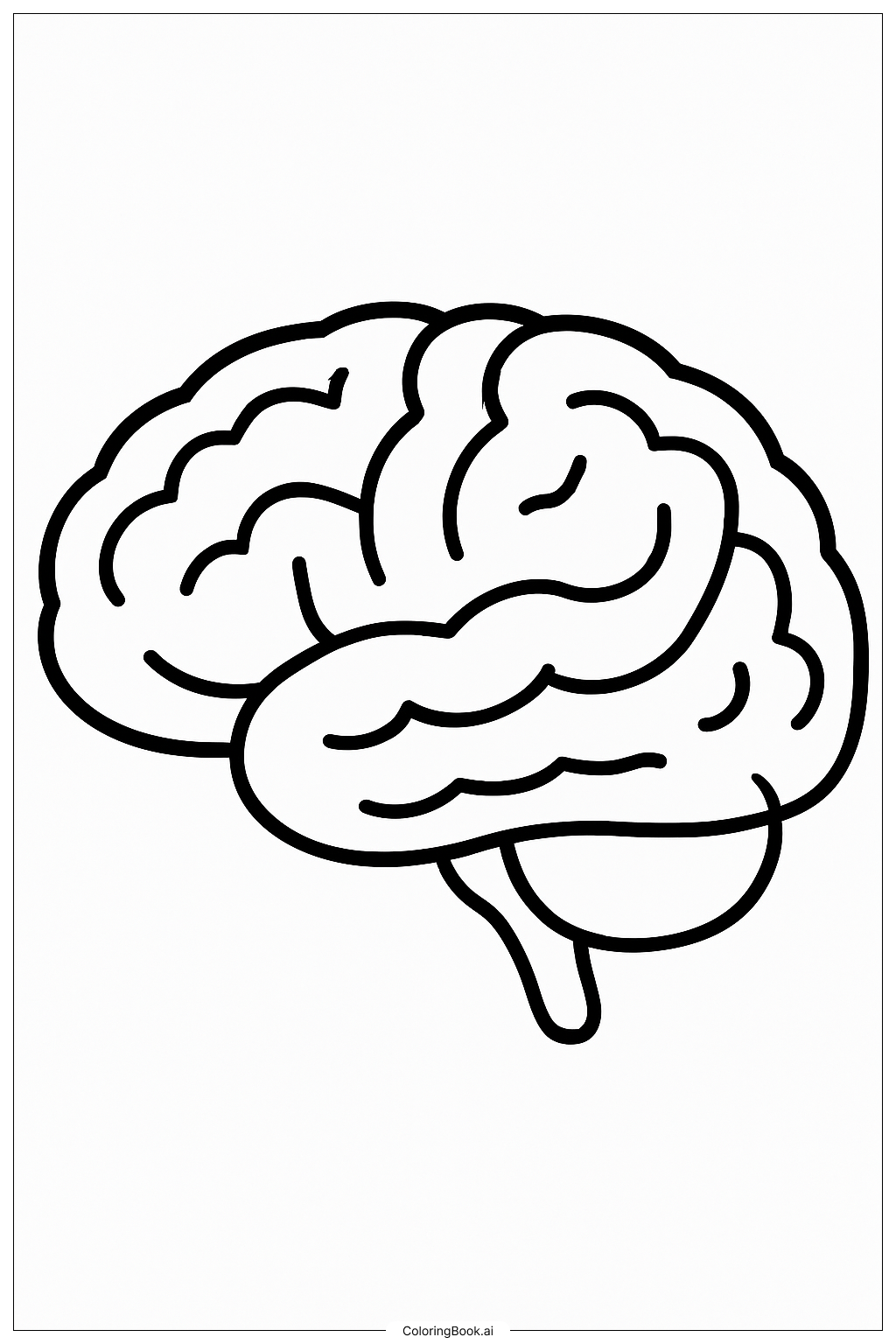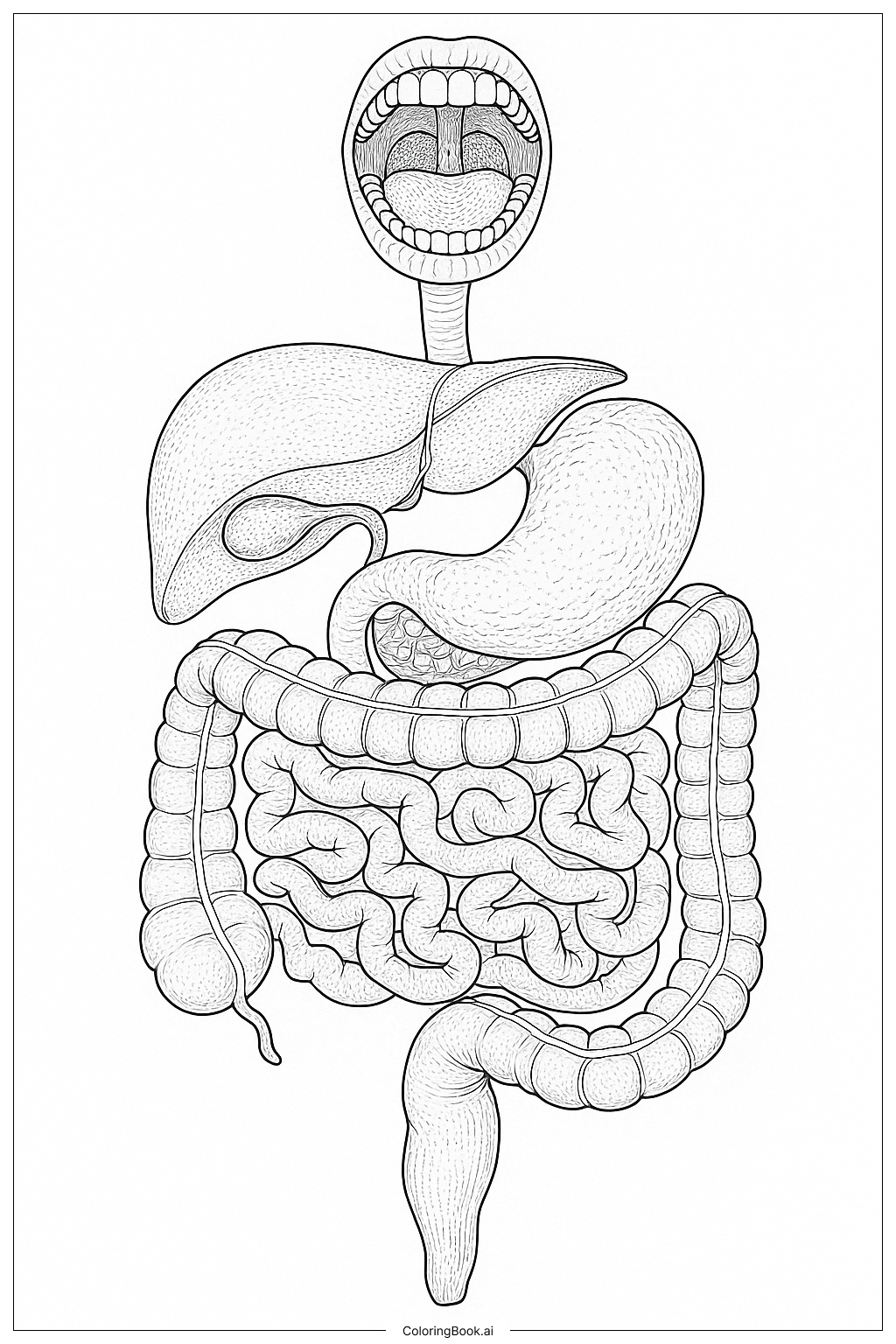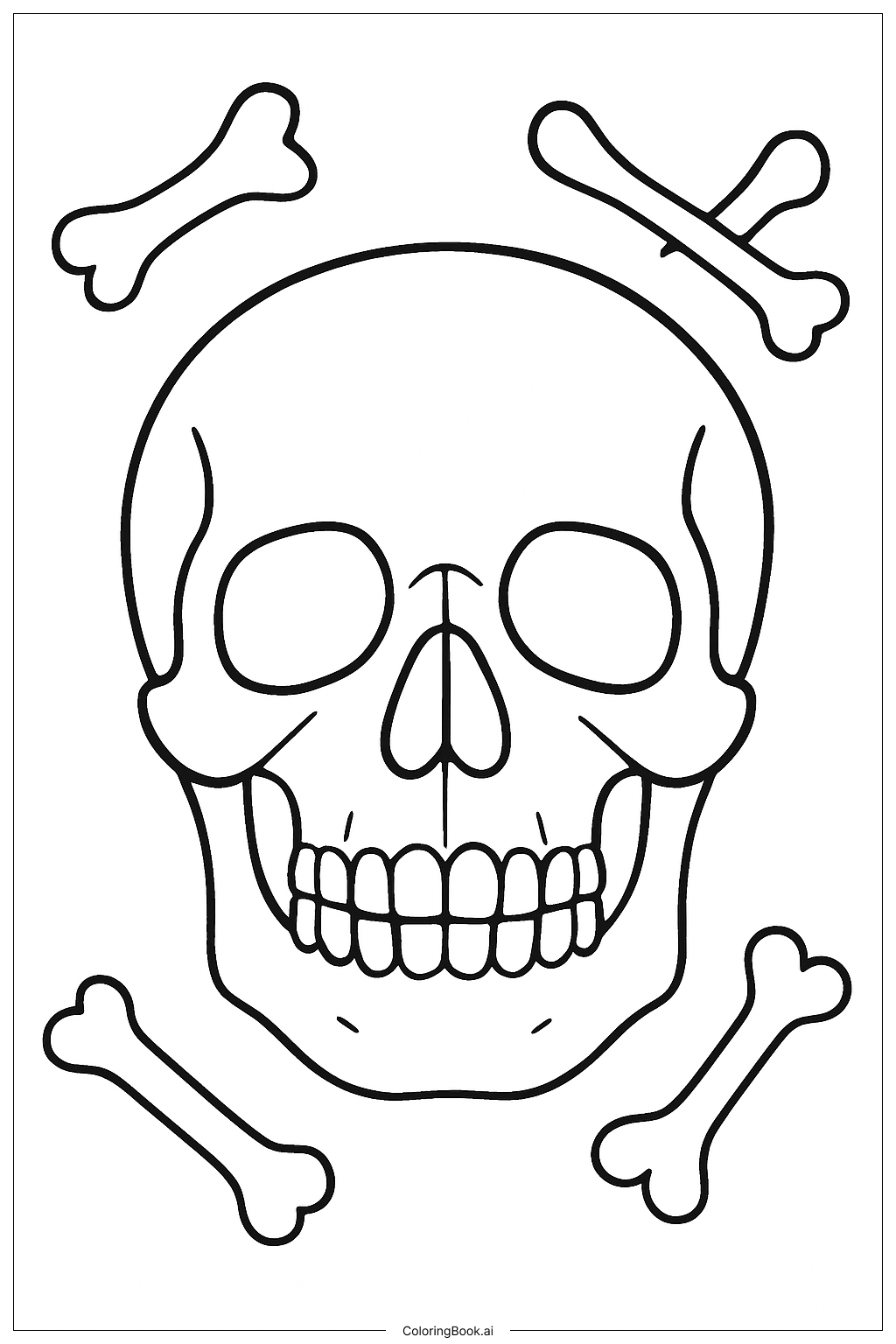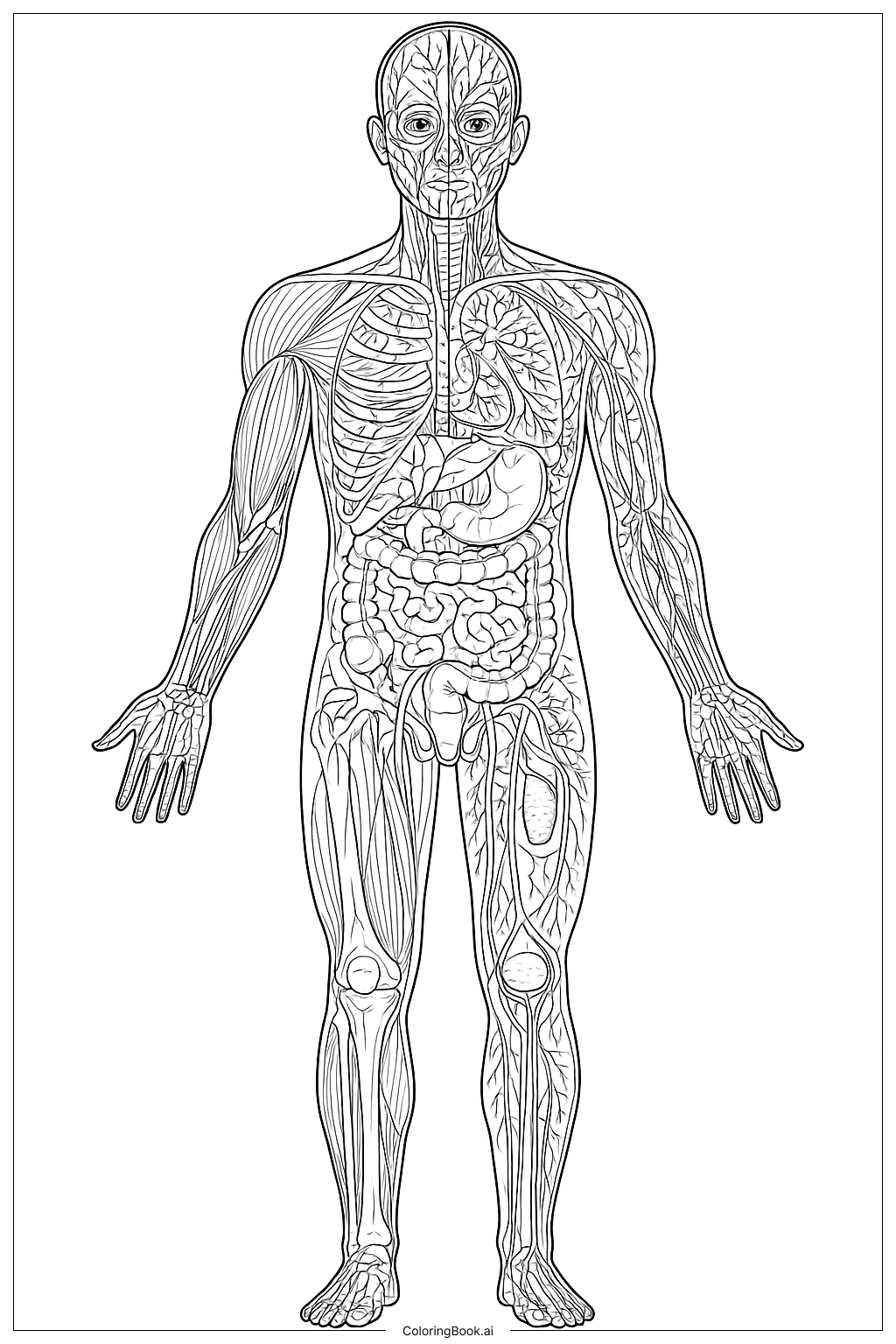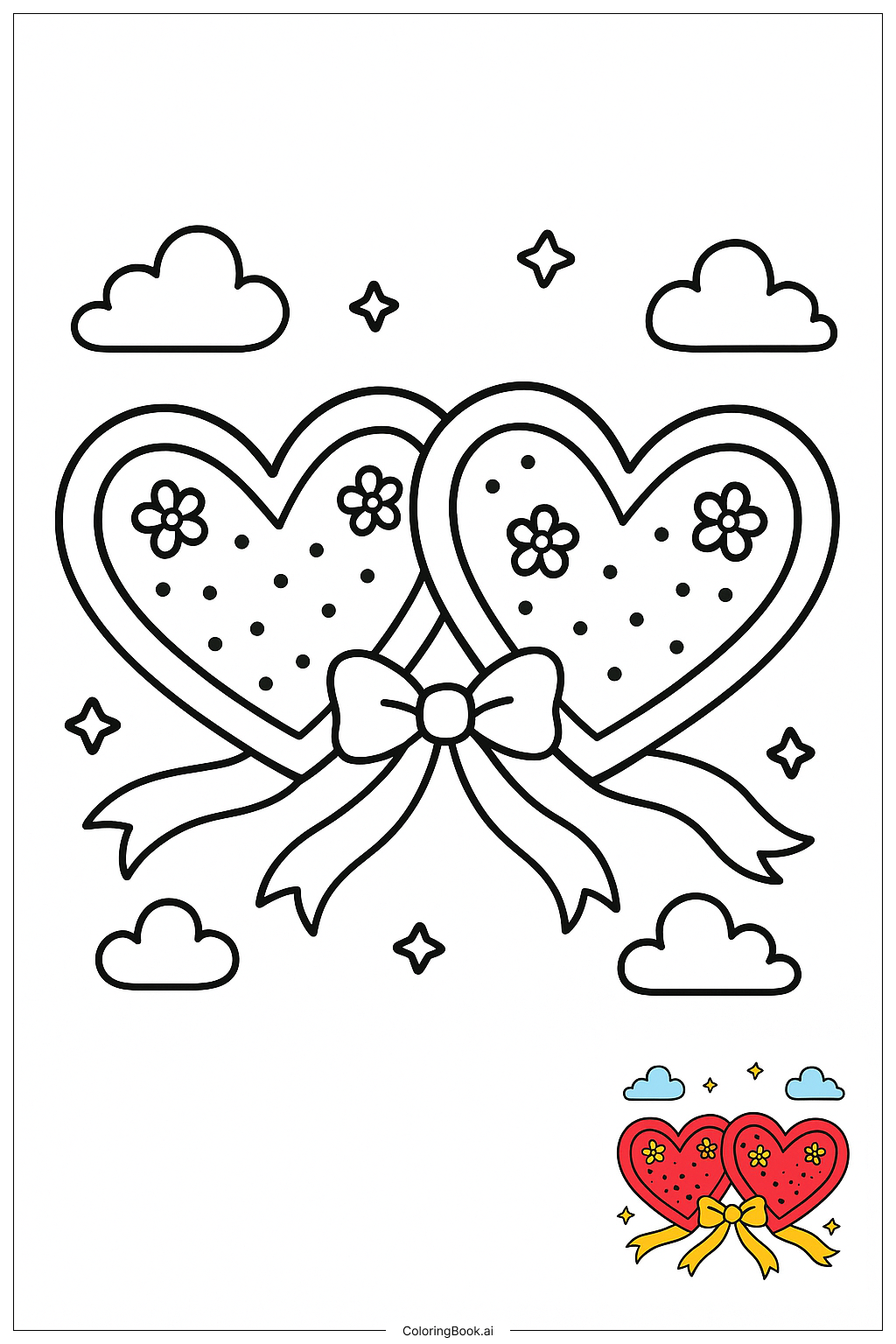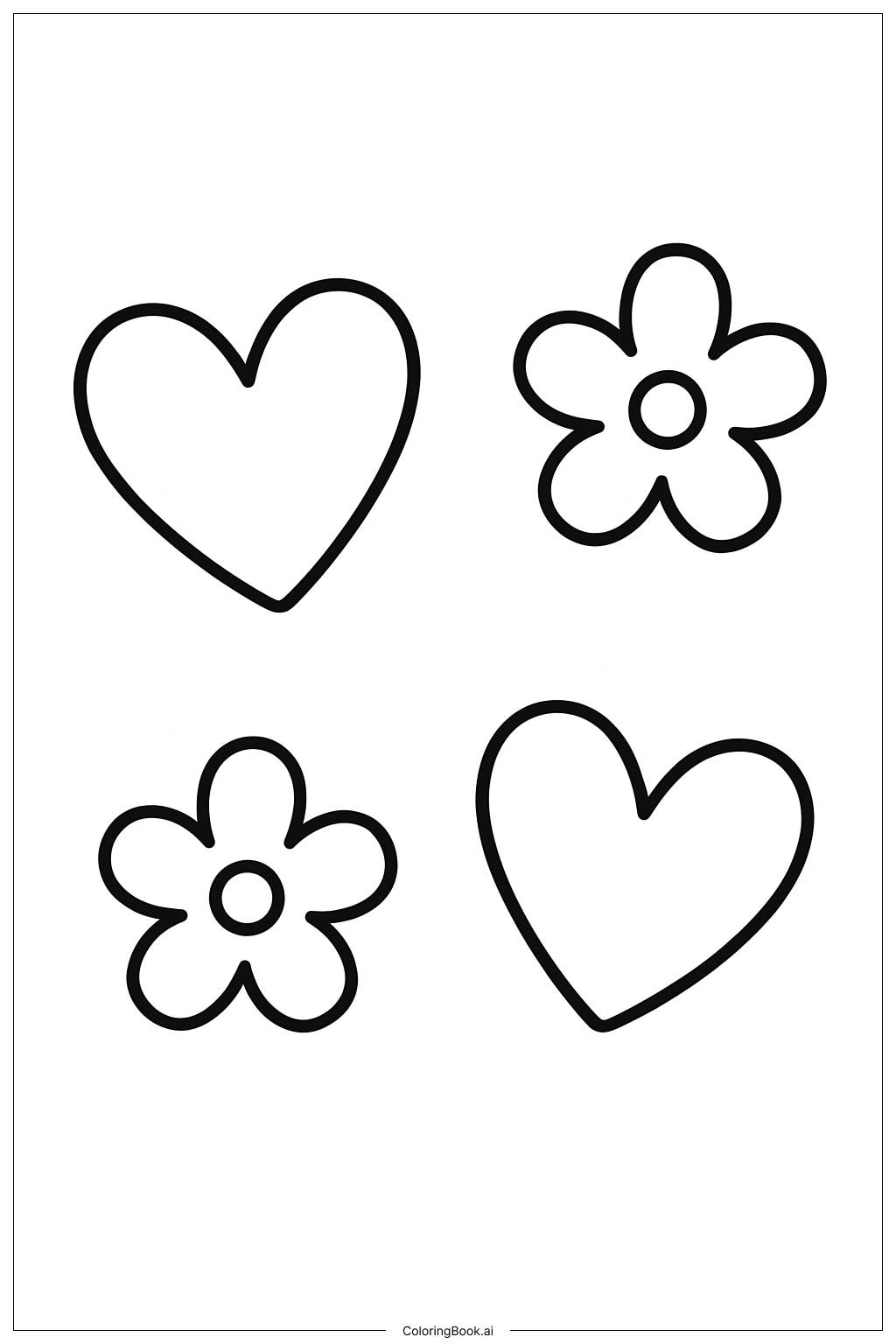Coloring tips: How to color Simple Heart Anatomy coloring page well?
Use red and pink shades for the heart’s main chambers to show blood flow. You can use different reds for left and right parts to help tell them apart. Use blue or purple for the veins and arteries. Try to color inside the thick black lines carefully. Use light colors first, then add darker shades for depth. You can also use crayons or colored pencils for better control. Take your time and be creative. Try to name each part as you color it to learn more. Adding some skin tone colors around the heart can also make it look more realistic.
Coloring challenges: Which parts are difficult to color and need attention for Simple Heart Anatomy coloring page?
1. Small sections: Some parts of the heart are small and close together. This makes coloring in the lines tricky for younger children.
2. Complex shapes: The heart has many curved and irregular shapes. It may be hard to keep colors inside the lines.
3. Similar colors: The heart parts often use reds and pinks that are close in color. Picking different shades carefully is important.
4. Understanding anatomy: Without knowing the parts well, it may be confusing to color the correct sections.
5. Patience needed: Coloring the detailed parts may take time and focus, which can be a challenge for some kids.
Benefits of coloring books: Advantages of drawing Simple Heart Anatomy coloring page
Coloring the heart anatomy helps kids learn how the heart works and its shape. It also improves focus and hand-eye coordination. Using different colors improves memory of parts and functions. It encourages creativity while reinforcing science knowledge. Coloring reduces stress and makes learning fun. It is a great way to connect art and biology for kids.
